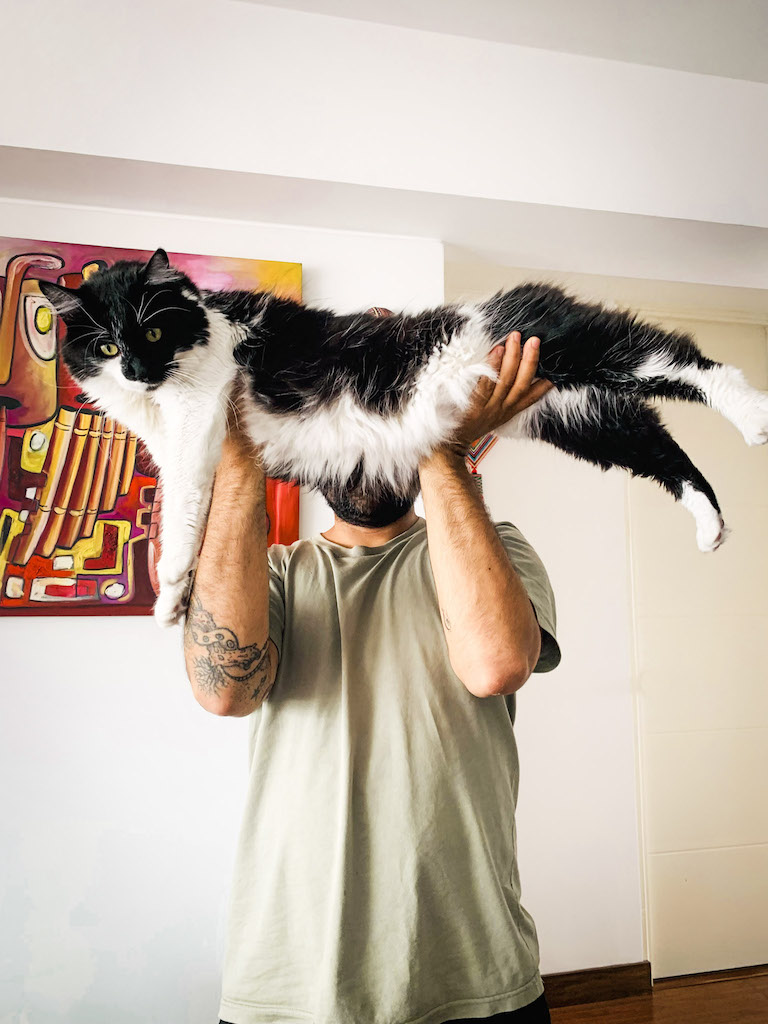
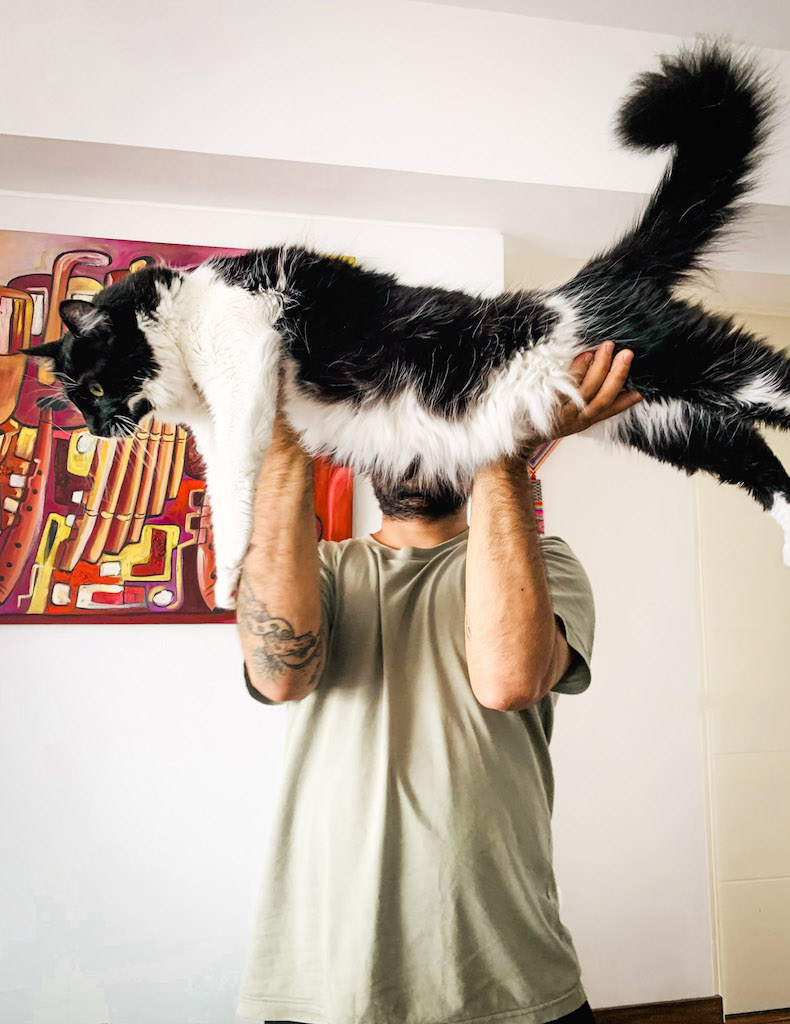
You have to travel to USA with your cat and you have no idea where to start? Don’t worry! In this article, I will share everything you need to know when you are travelling with a cat. At the end of March of 2023, I moved in to USA and I have to confess, I was so worried about my cat. Is he gonna be ok? What happens if I arrive to USA and some officers don’t let my cat get into the country? I would have died, that’s for sure. I searched on internet and I was overwhelmed, I didn’t find anything that could guide me. Hopefully, this will not happen to you! Read the full guide how to travel with a cat USA.
Planning the trip
1. AUTHORITIES IN USA
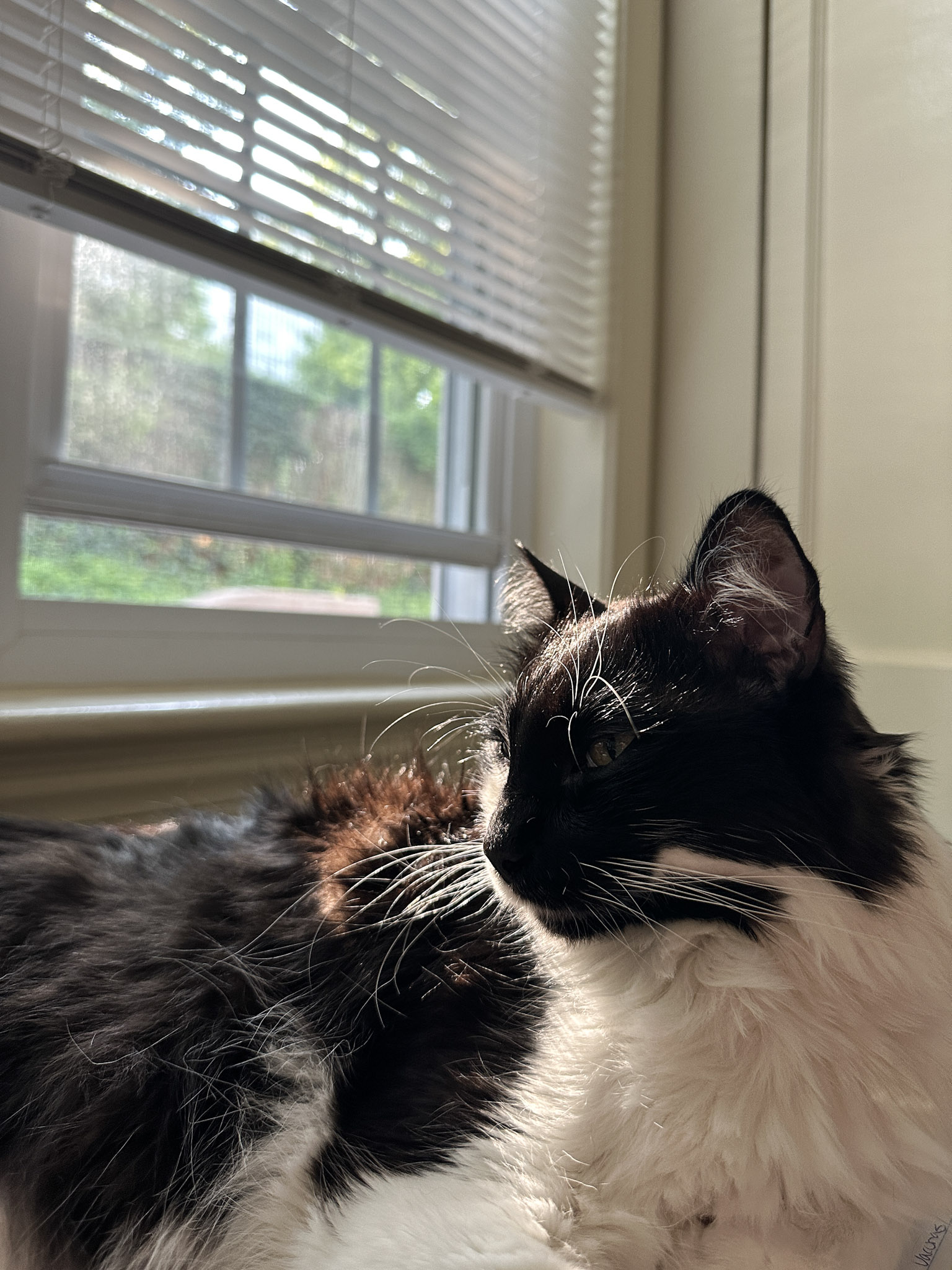
The authorities that regulate the entry of dogs and cats into the United States from other countries are Centers for Disease Control and Prevention(CDC) and Animal and Plant Health Inspection Service (APHIS).
However, many individual states also have specific rules you’ll need to follow. You can check on that by visiting the USDA APHIS page for cats and clicking on your destination state from the drop-down menu.
A general certificate of health is not required by CDC for entry of domestic cats into the United States, however some airlines or states may require it. So, in my opinion, it is better to have it.
You will also need a vaccination certificate.
2. Minimal age for a cat to travel
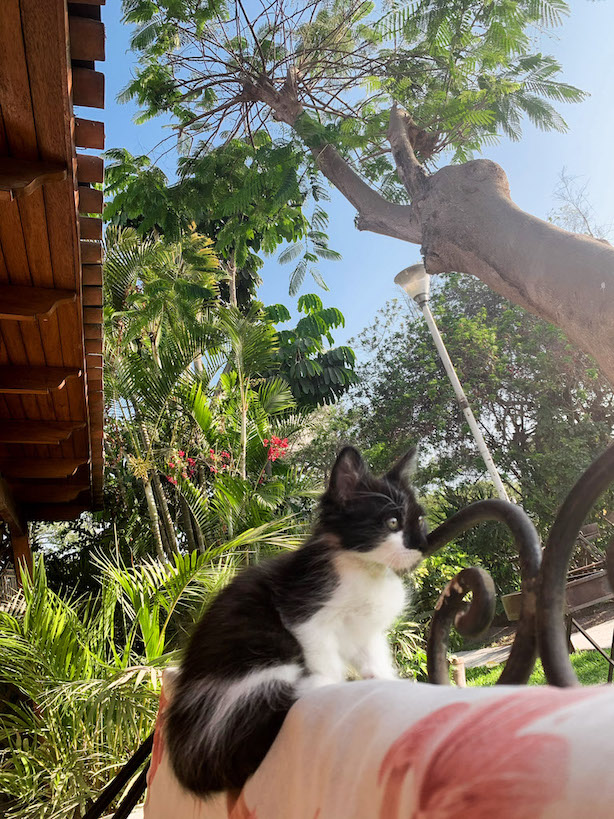
There is no restriction on a cat’s age for traveling to the United States. However, many airlines and exporting countries have their own age restrictions for transporting kittens. It is advisable that your cat is at least 4 months old. Many countries require that age because they usually ask rabies vaccinations which can only be administered to pets over the age of 3 months and you must wait 1 month more to travel.
3. Rabies
Cats are not required to have proof of rabies vaccination neither rabies titer test for entering into the United States (this is the case for dogs from all high-rabies countries to avoid quarantine).
However, CDC strongly recommends that cats be vaccinated against rabies.
4. Microchip
Cats are not required to have a microchip, even so it is advisable microchipping your pet for proper identification. Microchips are tiny and easily inserted.
5. The size of your cat matters
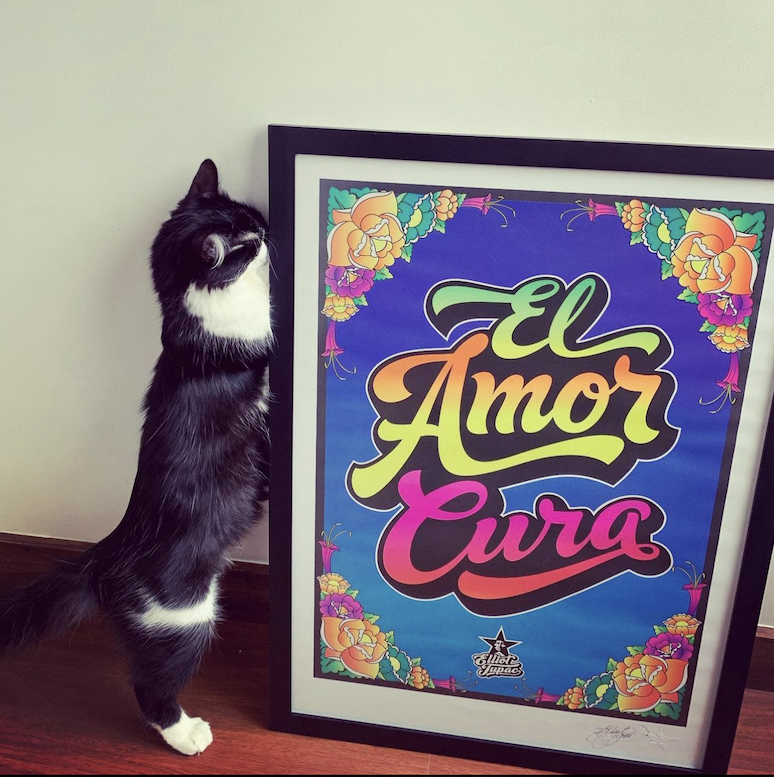
Many people think that can choose how to fly with their pets but actually guys the conditions of each airline are very specific. Since my cat is very big (he weighs 16 pounds) some persons told me to get a fake certification as an emotional support pet to get him in a cabin. That was never an option for me. I mean those emotional support pets are for specific persons, and pretending to be one is not only dishonest but also disrespectful. Well, this is my opinion, of course there are some people that surely disagree with me.
Check this article if you want to know my experience flying with a cat to USA.
If you are planning to fly with your cat (not cargo) you have two options:
A. In cabin.
Most airlines allow pets of 8 kgs/17 pounds in cabin. This weight must be total, that means your pet + the carrier can’t exceed 8 kgs/17 pounds.
B. In the hold.
If your cat weighs up to 8kgs/17 pounds has to travel in the hold.
There are many myths about pets flying in the hold. Seriously I even read somewhere online that pets die because that area is not pressurized. Don’t believe that. It’s all lies!
First of all, not all airplanes (that depends the route- departure- destination) offer the service of travelling with pets in hold because they are not designed for that. When they do, you buy a specific place for your pet in a space that has all the proper conditions for living beings. In my case, this was the most difficult thing. I called like 8 companies to know if they had this service and only 2 had it.
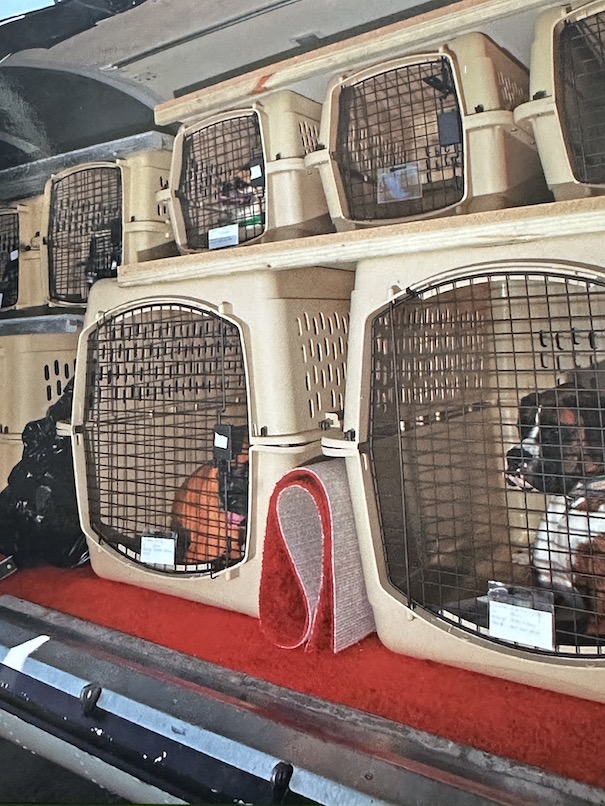
If you want to know how much costs to travel with a cat, click here. Also, it will help you to make a checklist for your trip!
6. The carrier
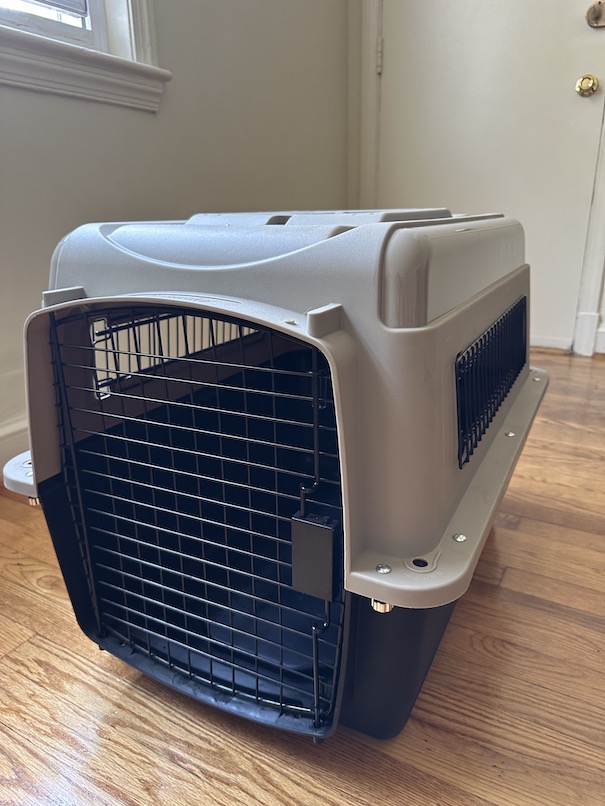
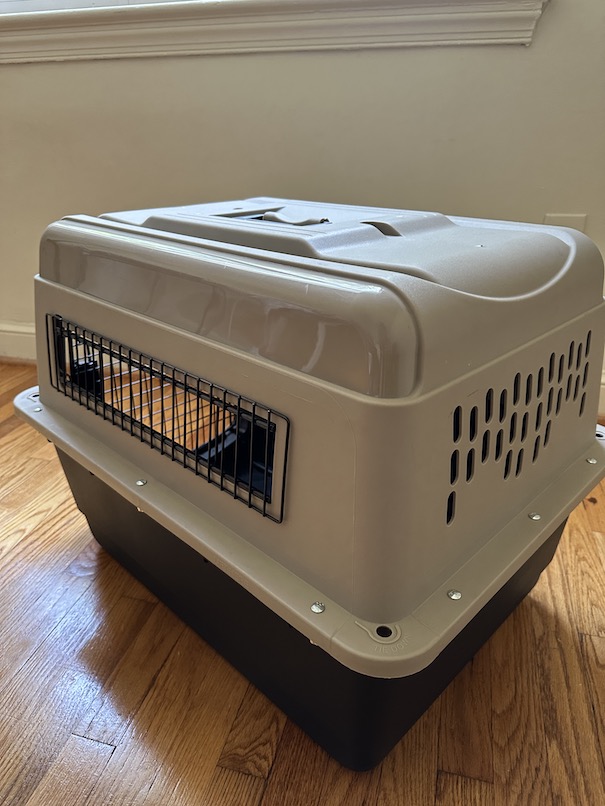
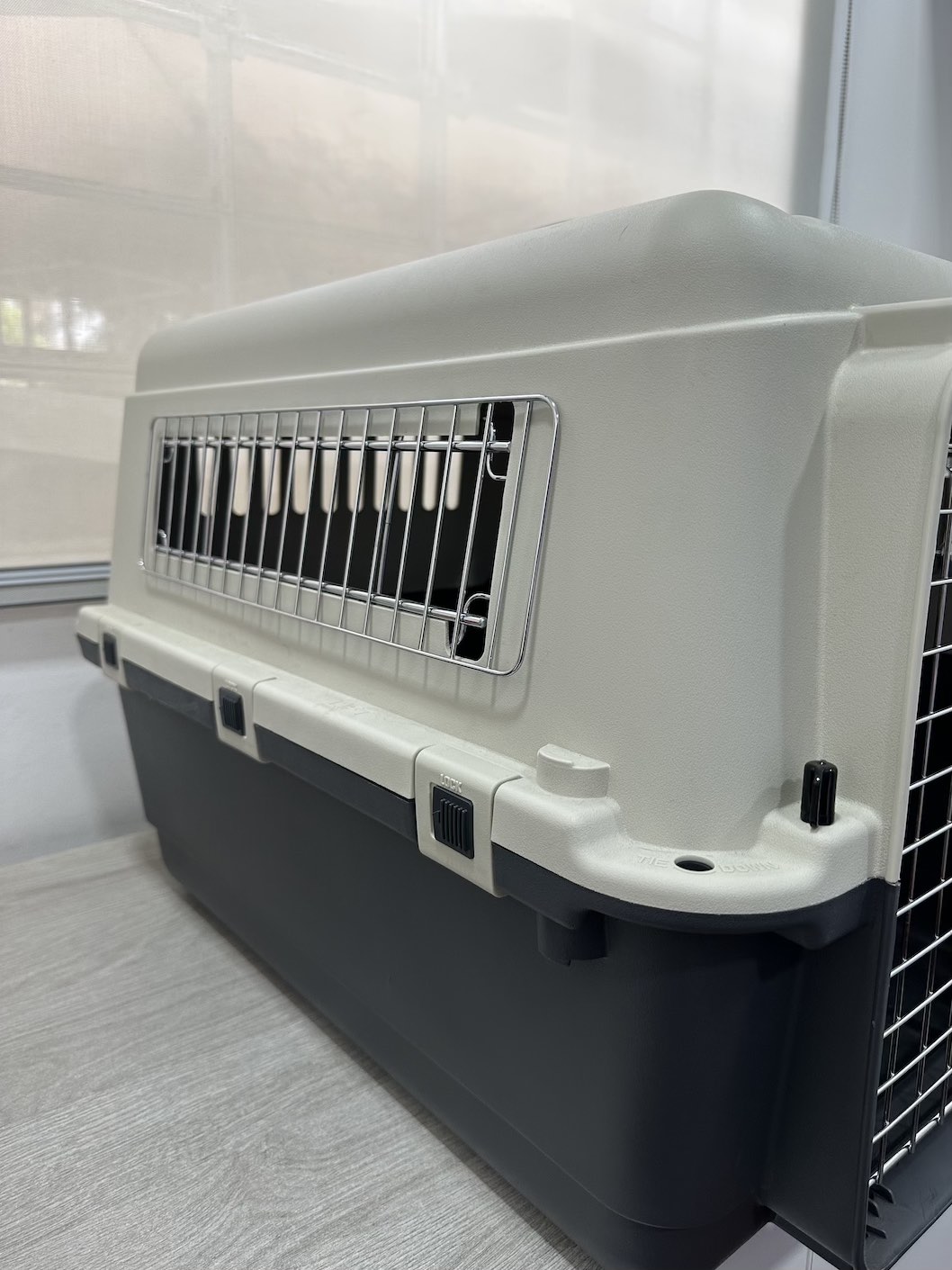
The requirements for the carrier are very specific and every airline has its own guidelines, so it is better to check that information with them. In general, the carrier needs to fit the following conditions:
- In Cabin. The carrier has to be flexible and fit under the seat in front of you.
- In hold. The carrier has to be rigid and must have bolts and staples or just bolts. Note. Carriers with only staples are not allowed. The cat needs 5 cm/ 1.96 inches of space between the head and the carrier.
In both cases, your cat has to be able to turn around.
7. Choosing an airline

After you established if your cat has to travel in cabin or in hold, you have to search the adequate airline company.
Each country has its own requirements for pet’s importation but also each airline has its own rules. That’s why you will find some companies that allows more or less weight for pets travelling in cabin.
For choosing an airline you should keep in mind the following criteria:
- It is preferable to book a direct flight ticket but if you need to make a stopover, it is better to buy the flight tickets of the same airline company. If you fly with 2 different companies, you will have the issue of who will transfer your cat in the connection flight. You completely avoid this concern, when you purchase both tickets with the same company. They are responsible to put your pet on board.
- Maximum 1 flight connection. Remember your cat will not eat during the whole flight, so if you make 2 or 3 connections, check how many hours your pet will have an empty stomach!
- It is advisable to have at least 2 hours of transit.
- As soon as you buy the flight tickets for you, call immediately the airline (commonly you can’t do it online) to buy a space for your cat. Companies have a determined quantity of pets travelling on board (in cabin and in hold). In cabin is even more restricted, it usually 2 pets are permitted per flight.
8. Travel pets agency
There is a non-profit trade association IPATA (the International Pet and Animal Association) that has pet shippers members worldwide. They have to follow ethical guidelines in pet travel and relocating animals. Therefore, wherever country you are, you will be able to find a pet shipper if you choose to hire one. They manage all kind of pets. If you want to know my experience hiring an IPATA agency check this article
9. CONNECTION FLIGHTS
If you are making a connection flight, you need also to check regulations about pets in that particular country. In my case, I did transit in Colombia and they were asking for a sanitary health certificate which I had to do it.
The day you travel with your cat

- For extra caution, try to arrive to the airport 3.5- 4 hours before your departure. Especially, if your pet is traveling in hold. In my experience I went 4 hours before and honestly it was the best thing I did. The airline crew wasn’t prepared for the checking of my cat, and I spent almost 3 hours only in this matter.
- The airline will ask you to put an absorbent pad in the carrier. Try to have a couple of extra pads in your hand luggage, therefore if your cat pees or poops you can change it.
- Your cat should eat food and drink water until 30 minutes before you go to the airport. Try to bring some wet food (sealed of course) so your cat will have something to eat when arriving.
- Relieving the stress level of your furry friend. There are some natural chews with chamomile and valerian that you can give to your cat. It will not eliminate the stress but it will reduce it.
I really hope this guide how to travel with a cat helped you! Please let me know in your comments.
